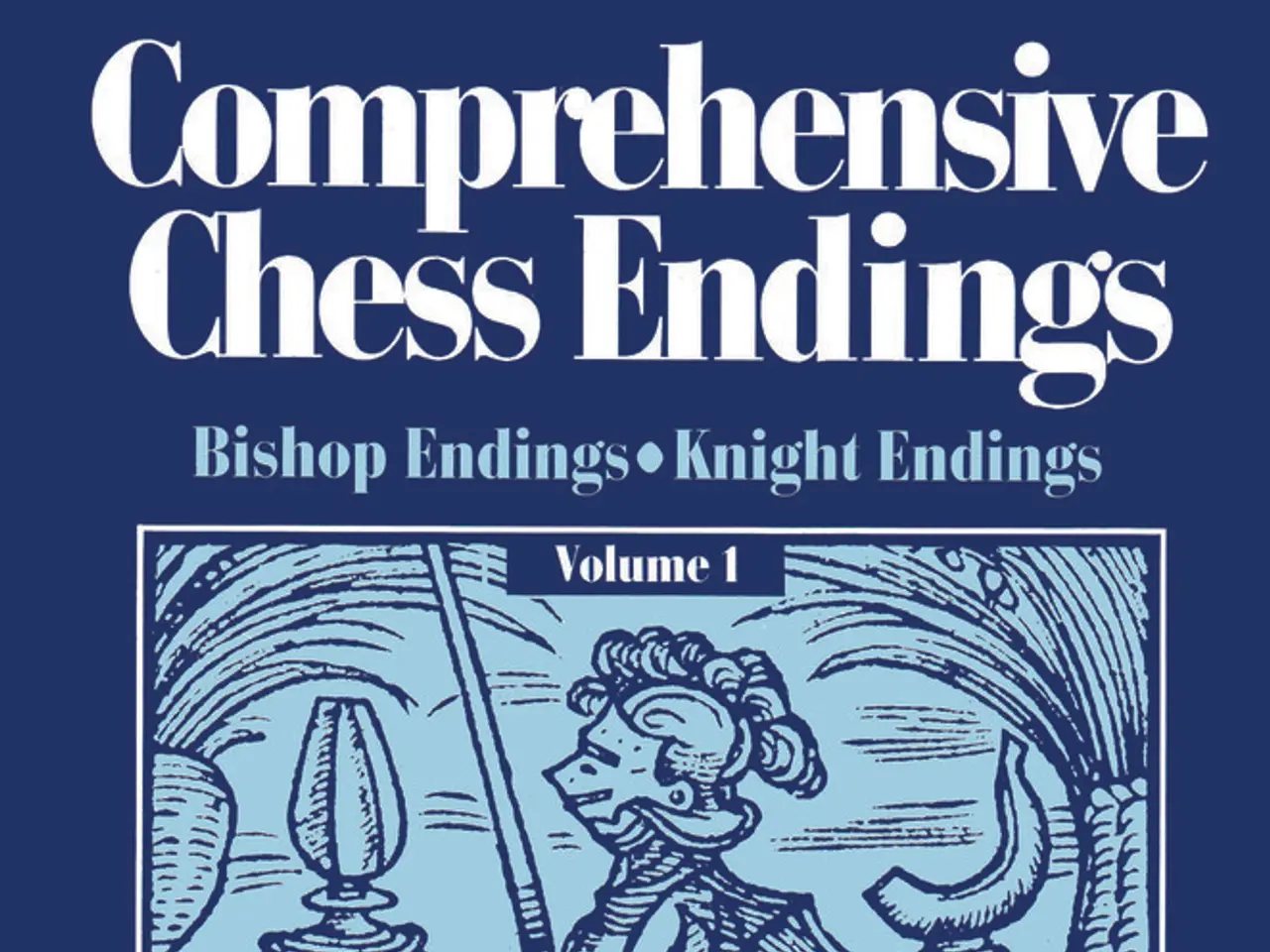Strategies for Crafting an Effective Book Promotion Scheme
A Practical Guide to Long-Term Book Marketing
Introduction
In the world of indie publishing, creating a successful marketing strategy is crucial for reaching readers and building a sustainable author career. A clear, three-step framework offers a roadmap for authors to achieve their goals, focusing on defining objectives, developing targeted strategies, and setting timelines, budgets, and measurable milestones.
Step 1: Define Your Objectives and Audience
The first step in the framework involves identifying your marketing objectives and understanding your ideal readers. Whether your aim is to increase book sales, build your author brand, or grow a reader community, it's essential to conduct thorough market research. This research should include analyzing your competitors' strategies, understanding your readers' demographics, motivations, and reading habits.
Step 2: Develop Targeted Marketing Strategies and Channels
Once you have a clear understanding of your audience, choose a few key marketing channels that align with where your readers spend their time. Email marketing is a must-have, while social media platforms like Facebook and Twitter, book promotions through services like Freebooksy or Ereader News Today, and paid advertising on Amazon or Facebook can also be effective. Outreach and collaborations with influencers, authors, podcasters, and reviewers in your space can also help amplify your work.
Step 3: Set a Timeline, Budget, and Measurable Milestones
Create a detailed timeline mapping marketing activities from pre-launch through post-launch phases, ensuring consistent effort over time. Allocate budget resources appropriately, and define measurable goals or key performance indicators (KPIs) to track progress and adapt your strategy as needed.
A simple 4-week book marketing plan might include running a Freebooksy promotion, sending a newsletter, posting social updates, launching $5/day Amazon ads, outreach to podcast hosts, writing a blog post, submitting to more promo sites, following up with Dream 100 contacts, and sharing reader review screenshots.
Tips for Success
- If things feel flat in your marketing plan, revisit your audience, simplify, ask for feedback, or check your metrics.
- Knowing your reader involves studying the top 20 books in your category, reading their reviews, and noting common tropes, themes, or pain points.
- Start small with ads and only scale once your book is converting.
- The most successful indie authors build sustainable rhythms they can maintain over time: regular emails, periodic promos, small ad tests, and ongoing relationship-building.
Additional Strategies
- Batch outreach to the Dream 100 contacts over time.
- Engage with the work of potential partners (commenting, sharing, reviewing).
- Offer giveaways using tools like KingSumo or Gleam.
- Collaborate with other authors in your genre or bundle your book with an online course.
- Making a list of 50-100 potential partners for outreach.
Conclusion
The guide offers a practical, long-term marketing strategy for books that balances strategic clarity, audience focus, and ongoing measurement. By following this roadmap, authors can achieve sustained marketing success and build a thriving author career.
- Publisher Rocket can help you analyze your competitors' strategies and understand the best promotional sites for your book.
- An indie author might consider using Amazon Ads for paid advertising and targeting readers interested in home-and-garden or entertainment books.
- Social media platforms like Twitter and Facebook can be effective marketing channels for indie authors, as they allow for direct interaction with readers and potential collaborations with influencers.
- In addition to traditional marketing strategies, an author might also consider collaborations with authors, podcasters, and reviewers in their genre or offering giveaways using tools like KingSumo or Gleam to engage with potential readers.




